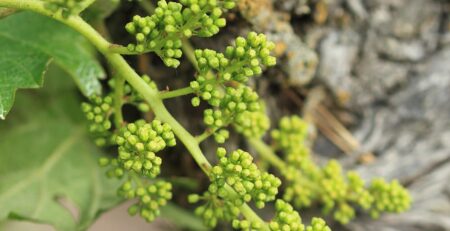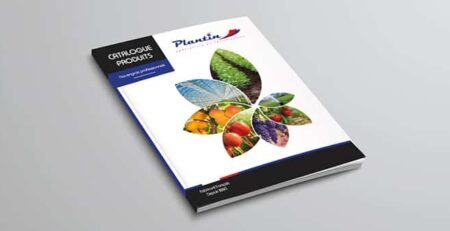NUTRITION INFO: The establishment of rapeseed
Rapeseed: implantation, an essential component of yield!
The key to the success of rapeseed begins with the harvest of the previous one and is largely based on the quality of the implantation. The implementation phase is decisive since it conditions the implementation of the yield component “number of feet/ m²”.
The goal is to obtain a robust rapeseed, well developed before the arrival of pests and having a continuous growth during the autumn. This profile allows it to better develop and express its compensation capabilities in the face of climatic hazards and attacks by bioagressors (pests and weeds).

PHOSPHORUS-RICH fertilization: support for implantation
Rapeseed is a very demanding crop compared to phosphorus. This element plays an important role in the root development and vigour of rapeseed (increase in the diameter of the crown). It needs to absorb 90 kg of P2O5 for a yield target of 35 q/ha. There should be no break in poor or moderately stocked soil and in clay-limestone soil where phosphorus may be blocked or less available. In addition, a phosphorus input makes it possible to recover nitrogen and obtain a better yield.
Our solution: MINIFERT + 10-30-0
MINIFERT + 10-30 is a complete starter mini granular NP + Mg + S + Ca + Zn that acts directly on growth and vegetative development.
MINIFERT + 10-30 interest:
- Nutrition adapted to the development of the plant.
- Highly soluble N and P intake conducive to maximum rooting of crops.
- A starter effect guaranteed by the contribution of soluble phosphorus and nitrogen, totally assimilable.
- Better availability of nutrients.
- Increase in the number of grains per square metre.
- Quickly and secure lift.
reduces doses and limits losses by volatilization.








